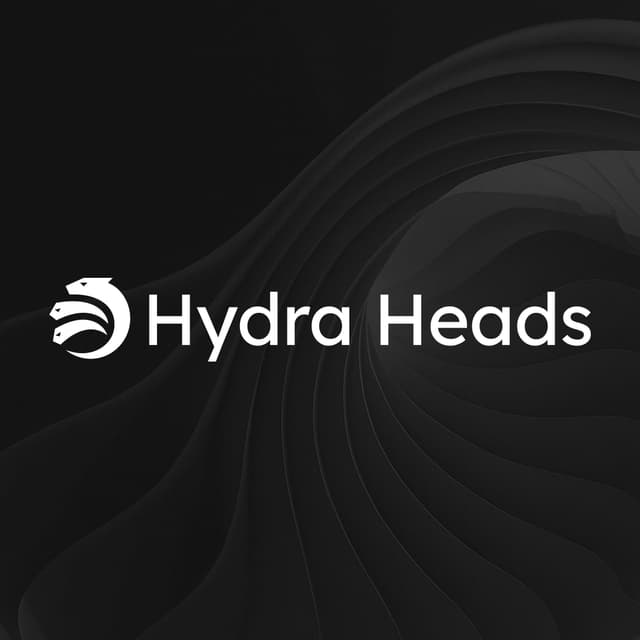To support a growing number of applications and users, blockchain networks require solutions that increase transaction speed and capacity without compromising security. One approach is using Layer 2 protocols, which operate on top of the main blockchain to handle transactions more efficiently. Hydra is a Layer 2 scaling protocol designed for the Cardano blockchain.
To ensure a smooth experience for a large number of potential users alongside Glacier Drop without creating excessive congestion on the Cardano blockchain, the NIGHT token distribution will use Hydra, a Layer 2 scaling protocol.
Scaling a Glacier Drop with Hydra
Glacier Drop is a multiphase, multibillion token distribution for the Midnight network. Approximately 34 million addresses from eight different blockchain ecosystems (ADA, BTC, ETH, SOL, XRP, BNB, AVAX, and BAT) have been eligible to claim NIGHT tokens as part of phase 1, then in phase 2 of the token distribution is open to all.
The token distribution event presents a significant technical challenge: recording hundreds of thousands, or potentially millions of claims from wallet holders on the Cardano blockchain.
To manage the scale of the token distribution, the process uses Hydra, Cardano’s Layer 2 scaling protocol. This implementation will enable a smooth and efficient experience for all participants.
What are Hydra Heads?
Hydra is Cardano’s off-chain scaling solution, designed to increase throughput and reduce latency for transaction-heavy use cases like mass token distributions. It is a Layer 2 protocol, operating on top of the Cardano main chain and allowing high-speed transaction processing.
Each Hydra instance, known as a Hydra Head, allows a group of participants to process transactions rapidly between them. A Hydra Head is essentially a secure, temporary ledger created by a group of collaborators. The ledger rules Hydra Heads follow are a direct copy of the main chain's rules, ensuring all activity is valid.
It enables a group of participants to open a channel, or “head”, where they can execute thousands of transactions per second, while securely settling back to Cardano.
The process:
- commits assets, like NIGHT, from Cardano to a head;
- allows the operators to efficiently and performantly manipulate those assets in the head; and
- returns the results as needed to Cardano.
This design provides fast finality, lower costs, and linear scalability as more heads are deployed.
Hydra Head interactions are later settled as a result on the Cardano blockchain. For Glacier Drop, this model works like a high-speed express lane. Token claims are validated quickly and efficiently in a head, and only the final, consolidated outcomes are recorded on the main network. This lowers operational costs, enhances decentralization of the distribution, and efficiently uses the resources and technology provided by Cardano.
A collaborative model for scalable infrastructure
Using a Hydra Head, a set of independent infrastructure operators can validate transactions, reach consensus on their validity, and post the final outcomes to the Cardano blockchain. Before any transaction is recorded on the main chain, all nodes participating in the head must reach consensus, ensuring security for the off-chain process.
This approach offers a practical demonstration of how Hydra can be integrated into production applications, moving it from a technical concept to a production-grade Layer 2 solution. For developers, it establishes a functional precedent for how high-throughput use cases, from decentralized finance to institutional services, can operate at scale.
Follow all the latest developments and updates from Midnight on X.




